
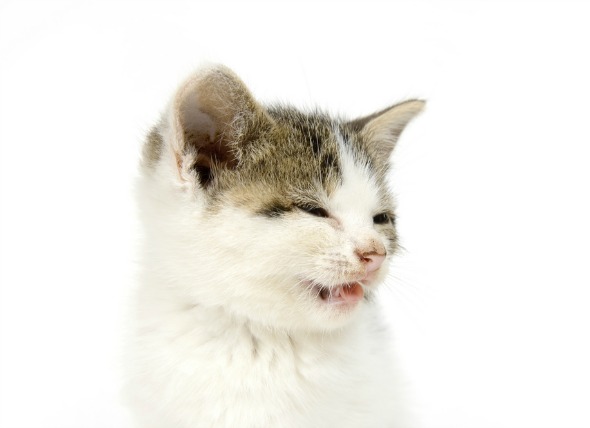
Feline viral rhinotracheitis (FVR) is an upper respiratory infection of the nose and throat in cats. It is caused by, and also know as feline herpesvirus 1 (FHV-1).
Some infected cats can remain without symptoms, yet act as carriers and spread the infection to other non-infected cats. The following symptoms may also be sporadic in a FHV-1 carrier:
This condition is caused by an infection with the feline herpesvirus 1 infection. It is common in multicat households or animal kennels due to overcrowding. Poor ventilation, poor sanitation, poor nutrition, or physical or psychological stress are other important risk factors for acquiring FHV-1.
You will need to give a detailed history of your cat’s health, along with the onset and nature of the symptoms. Your veterinarian will perform a thorough physical exam to evaluate all body systems, and to evaluate the overall health of your cat. Routine tests include a complete blood count, biochemistry profile, and urinalysis. In some patients the complete blood count may reveal temporary low numbers of white blood cells (WBCs), termed as leukopenia, followed by an increase in the number of these cells, termed leukocytosis.
More advanced tests are available for the detection of FHV-1; your veterinarian can take samples of secretions from the nose and eyes of the cat to send to the laboratory for confirmation. Samples taken from the conjunctiva of the eye are stained to detect the intranuclear inclusion bodies -- the viruses that are present in the nucleus of the cells seen in some viral infections. X-rays are also helpful in determining changes in the nasal cavity, especially those due to chronic infections.
Broad spectrum antibiotics will be prescribed for the prevention or treatment of secondary bacterial infections. Ophthalmic medications can be used to prevent further eye damage or for control of an existing eye infection. Ophthalmic antiviral preparations are also available, and are usually prescribed for these patients. To minimize nasal congestion, nasal decongestant drops may be prescribed for regular use.
A lack of appetite is common in patients with viral infections, so good nutritional and fluid support is important for maintaining a healthy energy level and hydration.
It is important to minimize or remove any stress, which may lengthen the course of the disease. You will need to set up a place in the house where your cat can rest comfortably and quietly, away from other pets, active children, and busy entryways. It is also important that you isolate your cat from any other cats in order to prevent the spread of the virus to other cats. Make the recovery period easier for your cat; place a litter box close to where your cat is resting so that it does not need to make a lot of effort, and the feeding dishes as well. While you will want to give your cat as much peace as possible, you will need to check in on your cat frequently, observing its breathing pattern and rate. It is important that your cat is not left alone for extended times, as this can be very stressful for the cat.
During the recovery period, offer easily chewed and easily digestible food at regular times throughout the day, along with plenty of water. Proper diet is the single most important factor for determining the outcome of the disease, and some patient may die due to inadequate nutritional and fluid support. Dehydration, especially, can lead to a fatal condition very quickly. If your cat stops eating for a number of days, your veterinarian will need to use a stomach tube to force nutrients into your cat's body.
Due to respiratory system involvement, the feeding tube may cause discomfort, so proper care and vigilance will be required to prevent any complications due to the feeding tube. For at home care, your veterinarian will demonstrate the right way of feeding, cleaning, and maintenance of the feeding tube. In cats with prolonged anorexia, the feeding tube may be directly placed in the stomach by giving a surgical incision to the abdominal wall.
In most cases, and given that there is not a secondary bacterial infections, symptoms improve within 7 to 10 days. The overall prognosis is good if proper nutrition and fluid is provided.
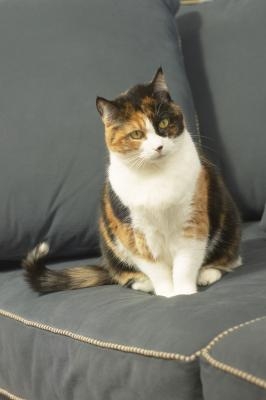 Why Do Cats Knead the Blankets Before Going to Sleep?
Why Do Cats Knead the Blankets Before Going to
Why Do Cats Knead the Blankets Before Going to Sleep?
Why Do Cats Knead the Blankets Before Going to
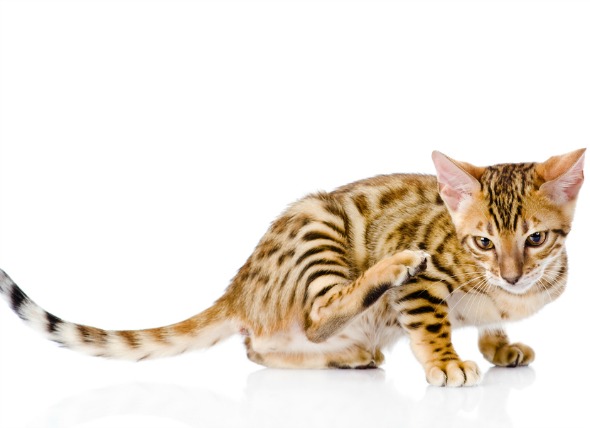 Skin Inflammation Due to Allergies (Atopy) in Cats
Atopic Dermatitis in Cats
Atopic Dermatitis
Skin Inflammation Due to Allergies (Atopy) in Cats
Atopic Dermatitis in Cats
Atopic Dermatitis
 Eye Injuries in Cats
Corneal and Scleral Lacerations in Cats
In
Eye Injuries in Cats
Corneal and Scleral Lacerations in Cats
In
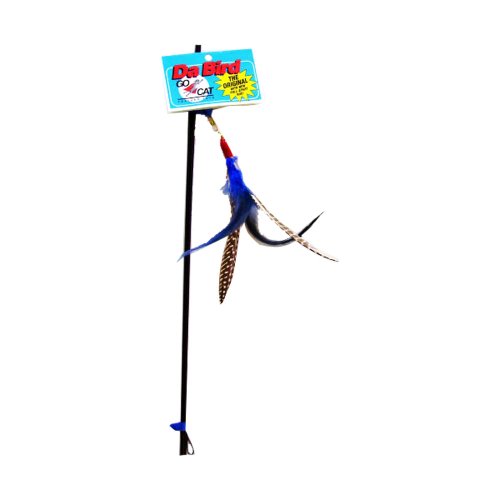 How To Get Your Cat To Shut Up During The Night
Nothing is more grating than
How To Get Your Cat To Shut Up During The Night
Nothing is more grating than
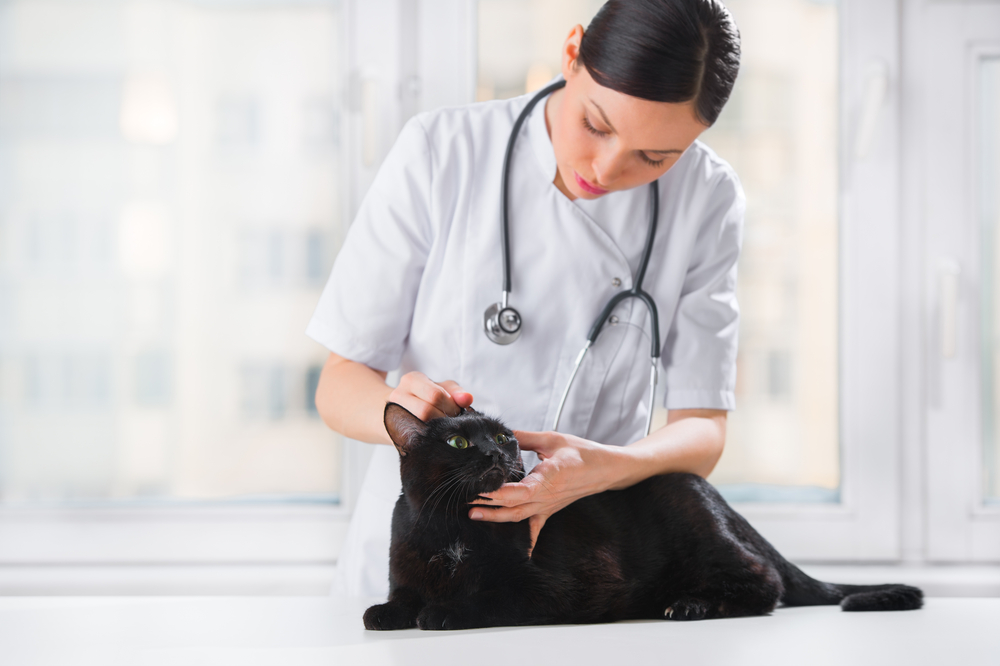 Diseases of the Skin on the Nose of the Cat
Nasal Dermatoses in Cats
Many diseases affect the
Diseases of the Skin on the Nose of the Cat
Nasal Dermatoses in Cats
Many diseases affect the
Copyright © 2005-2016 Pet Information All Rights Reserved
Contact us: www162date@outlook.com